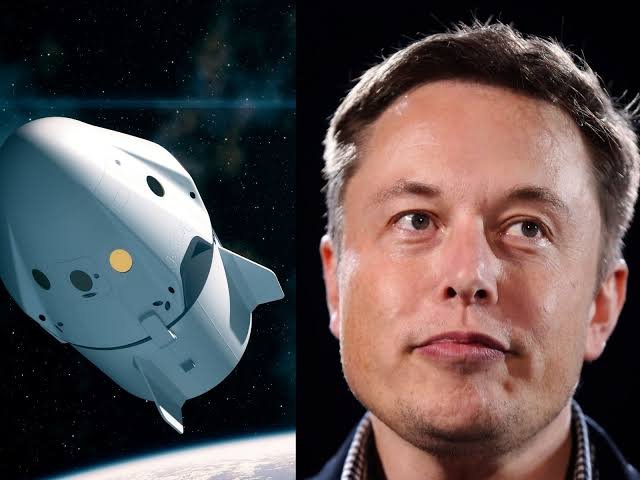Introduction:
Elon Musk, the visionary entrepreneur behind SpaceX, has long been fascinated with space exploration. One of his most ambitious projects is the development of a revolutionary space shuttle, aimed at reducing the cost of space travel and eventually enabling human colonization of other planets. In this article, we delve into Elon Musk’s vision for the SpaceX space shuttle and its potential impact on the future of space exploration.

The Birth of SpaceX:
SpaceX, officially known as Space Exploration Technologies Corp., was founded by Elon Musk in 2002 with the goal of reducing space transportation costs to enable the colonization of Mars. Since its inception, SpaceX has achieved numerous milestones, including the development of the Falcon 1, Falcon 9, and Falcon Heavy rockets, as well as the Dragon spacecraft.
The SpaceX Space Shuttle Concept:
Elon Musk’s vision for a reusable space shuttle represents a paradigm shift in space transportation. Unlike traditional space shuttles, which are single-use and require extensive refurbishment between flights, SpaceX’s shuttle is designed to be fully reusable, significantly reducing the cost of space travel.
At the heart of this concept is the Starship spacecraft, a fully reusable spacecraft currently under development by SpaceX. Starship is designed to carry both crew and cargo to destinations such as the Moon, Mars, and beyond. It features a stainless-steel construction, advanced propulsion system, and the capability to perform vertical takeoff and landing.
Key Features and Capabilities:
- Reusable Design: The SpaceX space shuttle is designed for rapid reusability, with the goal of enabling frequent flights to space at a fraction of the cost of traditional methods.
- Interplanetary Travel: With its long-range capabilities, the SpaceX space shuttle is envisioned as a key enabler of human exploration and colonization of other planets, particularly Mars.
- Payload Capacity: The Starship spacecraft is designed to carry a significant payload, making it suitable for deploying satellites, conducting scientific research, and transporting supplies to space stations.

Challenges and Future Prospects:
While Elon Musk’s vision for the SpaceX space shuttle holds immense promise, it also faces significant technical, regulatory, and financial challenges. Developing a fully reusable spacecraft requires overcoming engineering hurdles and conducting extensive testing to ensure reliability and safety.
Moreover, the regulatory landscape surrounding space exploration is evolving, with issues such as space traffic management and orbital debris posing complex challenges. Additionally, securing funding for such ambitious projects remains a constant concern.
Despite these challenges, SpaceX has made significant progress in developing the Starship spacecraft, conducting test flights and refining its design. With continued innovation and perseverance, Elon Musk’s vision for a revolutionary space shuttle could ultimately reshape the future of space exploration.
Conclusion:
Elon Musk’s SpaceX space shuttle represents a bold vision for the future of space travel. By harnessing the power of reusable technology and pushing the boundaries of innovation, SpaceX aims to make space more accessible and affordable than ever before. While challenges remain, the potential benefits of Elon Musk’s vision are vast, offering the promise of unlocking new frontiers and expanding humanity’s presence beyond Earth. As SpaceX continues to push the boundaries of space exploration, the dream of interplanetary travel inches closer to reality.

I’ve been surfing online more than 4 hours today, yet I never found any interesting article like
yours. It is pretty worth enougbh for me. Personally, if all website owners
and bloggers made good clntent as you did,the
internet will be much more useful than ever before. https://Evolution.Org.ua/